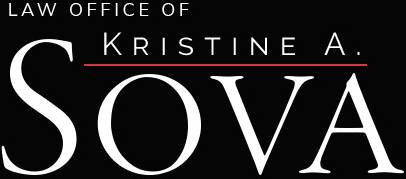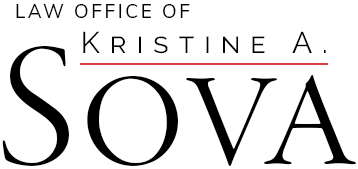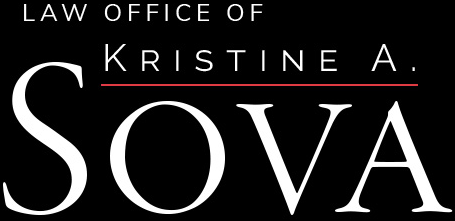The federal Worker Adjustment and Retraining Notification (WARN) Act offers protection to workers and their families by requiring employers to provide 60 days’ notice to the employees and certain specified government agencies and officials in advance of covered mass layoffs and plant/office closings. An employer who violates the WARN notice requirements is liable to each aggrieved employee for an amount including back pay and benefits for the period of violation, up to 60 days. The existence of the WARN Act often comes as a surprise to my younger clients, who are more likely to approach me with a sizeable layoff to occur in a matter of weeks, sometimes days.
So what constitutes a covered layoff or closing and which employers are covered by the federal WARN Act? You’d be surprised.
The federal WARN Act generally applies to employers with the equivalent of 100 or more full-time employees. It defines a “closing” as the shutdown (permanent or temporary) of a single site of employment, or one or more facilities or operating units within a single site of employment, if the shutdown results in an employment loss at that single site of employment during any 30-day period for 50 or more employees. It defines a “layoff” as an employment loss at a single site of employment during any 30-day period for (1) at least 33% of the employees and at least 50 employees or (2) at least 500 employees. (All thresholds exclude part-time employees.)
The federal WARN Act does allow for three exceptions to the 60-day notice period with the burden of proof on the employer:
- Faltering company. This exception generally covers situations where a company has sought new capital or business to stay open and where giving notice would ruin the opportunity to get the new capital or business. The employer must be able to identify specific actions taken to obtain capital or business, that there was a realistic opportunity to obtain the financing or business sought, and that the financing or business sought, if obtained, would have been sufficient to have enabled the employer to avoid or postpone a shutdown. This exception applies only to closings.
- Unforeseeable business circumstances. This exception applies to both closings and layoffs that are caused by business circumstances that were not reasonably foreseeable at the time notice would otherwise have been required. An important indicator of a business circumstance that is not reasonably foreseeable is that the circumstance is caused by some sudden, dramatic, and unexpected action or condition outside the employer’s control.
- Natural disaster. This applies where a closing or layoff is the direct result of a natural disaster, such as a flood, earthquake, drought, storm, tidal wave, or tsunami.
This point is worth stressing – these exceptions are only to the 60-day notice requirement. Notice must still be given to the employees, government agencies, and government officials in a manner mandated by the WARN Act, even if it amounts to no advance notice or notice after the fact. Further, when the notices are given under these exceptions, they must include a brief statement of the reason for reducing the notice period in addition to the other information required in notices.
One final note: Some states, such as New Jersey and New York, have their own versions of the WARN Act. Known as “mini-WARN Acts”, they typically apply to smaller employers as well as smaller layoffs and have their own advance notice requirements.




